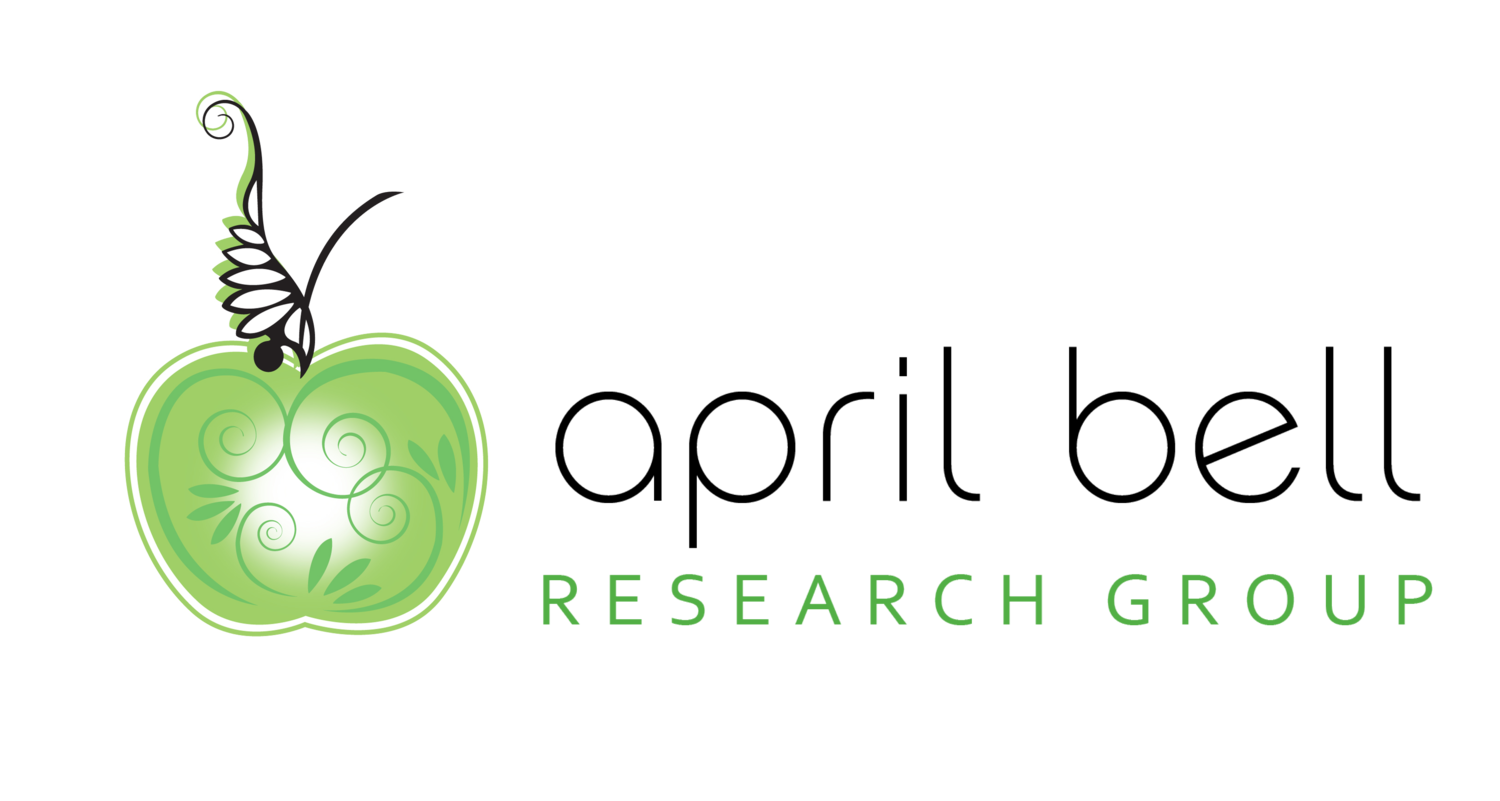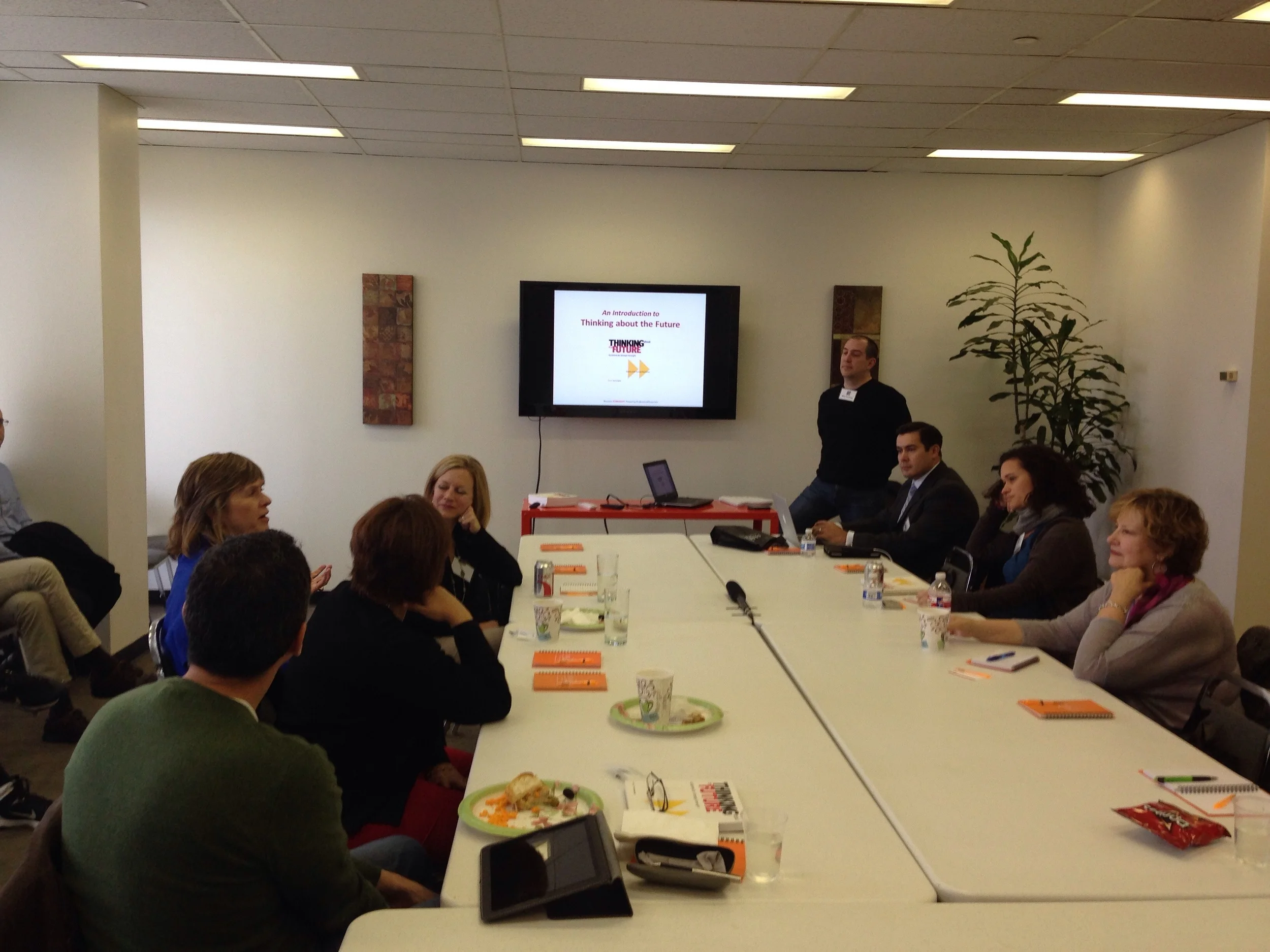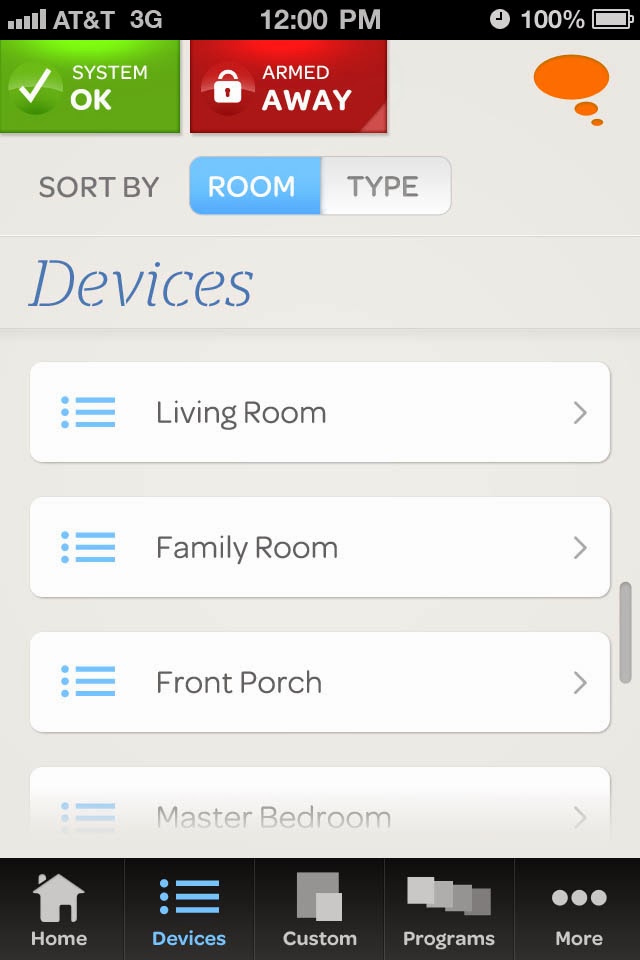As my economics professor likes to say, “economics is the study of making good choices.” While most people consider economics to be relevant only in financial markets, in reality, economics impacts everything around us. Economics explains why we choose to go to work each morning rather than stay home and lounge all day: in theory, we have more to gain by what we can accomplish at work than what we can accomplish at home, be it financial, social, psychological, or personal gains. Economics explains why we eat just one (or maybe two) pieces of cake instead of consuming the whole thing: because the pleasure received from each additional piece of cake decreases as more and more is consumed. Economics also explains why we choose to buy one product over another: if we are behaving rationally, the product we choose to buy will bring us a higher level of utility per dollar spent than the product we do not purchase.
Being a student of economics, I am a rational and logical thinker (or at least try to be). I enjoy trying to understand why consumers make the decisions they make. But for me, there has always been a disconnect. I have always understood that there are factors which change the consumer demand for a product (income, changes in consumer preferences, or changes in the price of related goods). I also understand that competitive markets will respond to this demand. Firms will increase production of the good as demand increases and decrease production of the good as demand decreases. But how do companies predict these changes before they happen? How do companies respond to changes in the market demand before they find themselves out of business?
This is where marketing research comes in—it connects consumer’s wants and needs directly to the company’s business strategy and operations. It provides a means for companies to continue to grow, develop, and stay ahead of the competition. Marketing research is the link that has been missing from my understanding of the consumer-producer relationship. This internship at April Bell Research Group has allowed me to explore the relationship between uncovering consumer wants and the business strategies companies employ in response. I definitely have a lot to learn!























